Introduction to Crassula Plants
Step into the magnificent world of Crassulas and prepare to be enthralled by the diverse array of species that flourish under the genus Crassula—where the ever-popular Crassula ovata, commonly known as the Jade Plant, reigns supreme. Originating from different corners of the globe, particularly in Africa, these succulents have captivated the hearts of both seasoned and novice garden enthusiasts alike. But what precisely is it about these plants that has garnered such admiration and adoration? The allure lies in their remarkable resilience and distinctive appearance.
Imagine a plant that not only embellishes your home but also thrives with minimal fuss. This is the reality with Crassula species, which can enhance any indoor setting with a touch of natural elegance. From the remarkable resilience of the Crassula ovata to the architectural splendor of Crassula arborescens, these plants offer something for everyone. What makes them truly unique is their prowess in cooler climates—contrary to the typical preference for warmth that most succulents exhibit.
It’s not uncommon to hear accounts of Jade Plants passed down through generations, growing more stately and sculptural with each passing year. Seeking to nurture your own Crassula? Explore the treasure trove of cultivation tips and insights on our dedicated Crassula care page. With the proper care, these remarkable succulents can provide a lifetime of verdant splendor and become a cherished part of your living space.
Not only do Crassula plants boast an easy-going nature, making them well-suited for winter growth, but they are also known for their stunning floral displays when conditions are right. Allow these hardy succulents to steal the show in your winter garden or indoor collection, and enjoy their exuberant growth when most flora are in a seasonal slumber.
Indeed, the Crassula genus is a testament to nature’s adaptability and beauty. Whether basking in the sun-drenched corners of a cozy room or nestled in a frost-kissed garden, these plants continue to grow and thrive, undaunted by the chill of winter. And as they grow, so does the enchantment they bring to every plant lover’s life. But are these captivating succulents winter growers? Stay tuned as we delve deeper into the world of Crassula and uncover their seasonal growth patterns.
Crassula’s Seasonal Growth Patterns
When it comes to understanding Crassula plant growth, one thing is crystal clear: these succulents are a force to reckon with, especially in the cooler months. Think of them as the hibernating bears of the plant world – except, instead of sleeping through the winter, they’re busy growing.
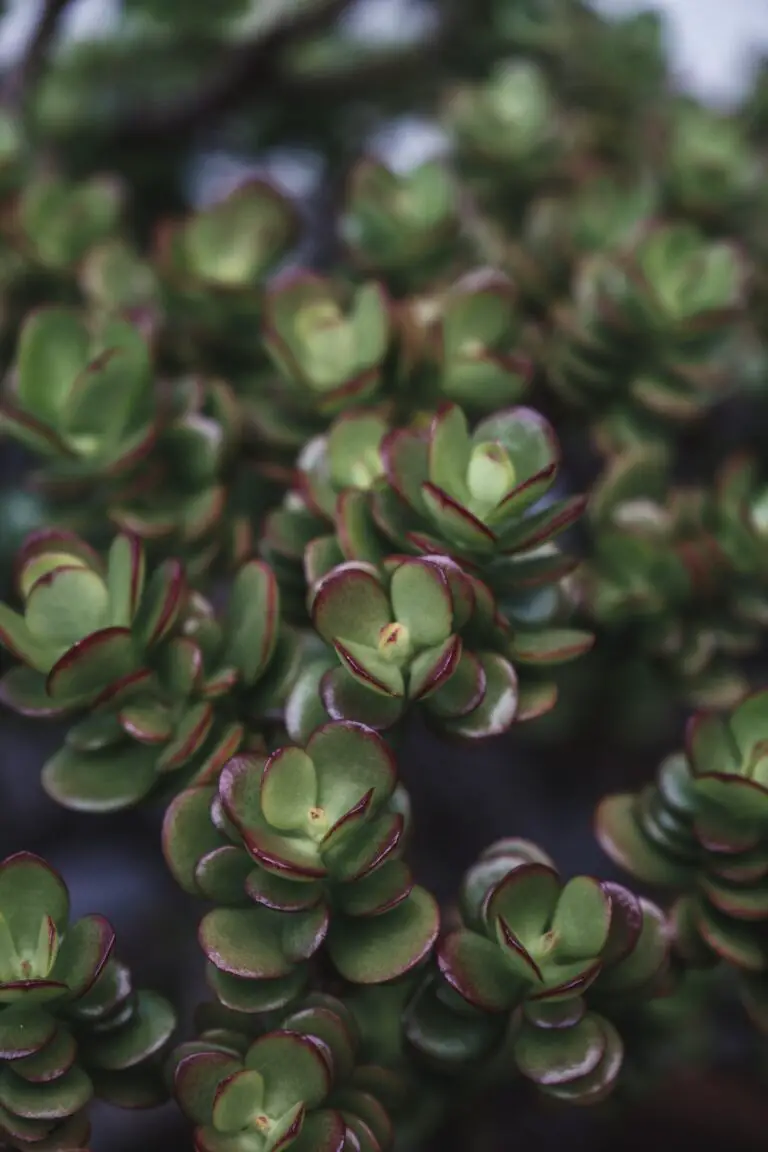
While most plants are bundling up for a dormant winter, Crassulas flip the script. Their growth accelerates when the mercury drops. It’s as if they’ve been sipping on pumpkin spice lattes, getting a cozy boost of energy. As gardeners layer up, these succulents are putting on their own lush, green display. The key here is to observe the shift in your Crassula’s demeanor – a surge in growth and enhanced vigour could very well signal the arrival of their favorite season.
Yet, it’s this unique seasonal pattern that throws many off. In the balmy summers, when every other green being seems to shoot up, Crassulas play it cool, quite literally. They slow down, taking a leisurely pace in contrast to their winter enthusiasm. This is a prime lesson in patience for any green thumb working with a diversified garden.
For anyone marveling at the peculiar calendar that Crassulas keep, remember that these plants are all about embracing contradiction. They conserve energy when the sun is at its peak, yet become spirited when the chill sets in. Monitoring and adapting to these growth cycles is part of the wonder and charm of tending to these resilient succulents.
Are Crassula Plants Winter Growers?
Amidst the chill of winter, a common question circulates among gardening enthusiasts and succulent aficionados—do Crassula plants continue their growth spurt or do they, like many others, take a well-deserved break? Let’s peel back the layers of mystery that shroud the growth patterns of Crassula during these cooler months. Unlike some succulents that slow down as temperatures drop, these hearty individuals keep on thriving, making them a captivating topic for discussion and a beacon of green in a frost-kissed garden.
Imagine, if you will, a stoic Crassula plant braving the brisk air, unfazed by the frost that numbs the earth around it. Such resilience, you must agree, is worth a moment of admiration. While other plants might succumb to the whims of winter, a Crassula stands tall, its succulent leaves embracing the chilly kiss of the season. This isn’t just an anecdote shared amongst botanical circles; it’s the hardy truth nested within these fascinating succulents.
Crassula species, often praised for their low-maintenance demeanor and geometric beauty, tap into a deep well of vigor during the cooler parts of the year. This seemingly counterintuitive growth period is a stark contrast to the summer-loving cacti and thirst-quenching Aloe. When most plants are conserving their energies, preparing for a springtime display, Crassulas march to the beat of their own drum, swelling with life when the thermometer takes a nosedive.
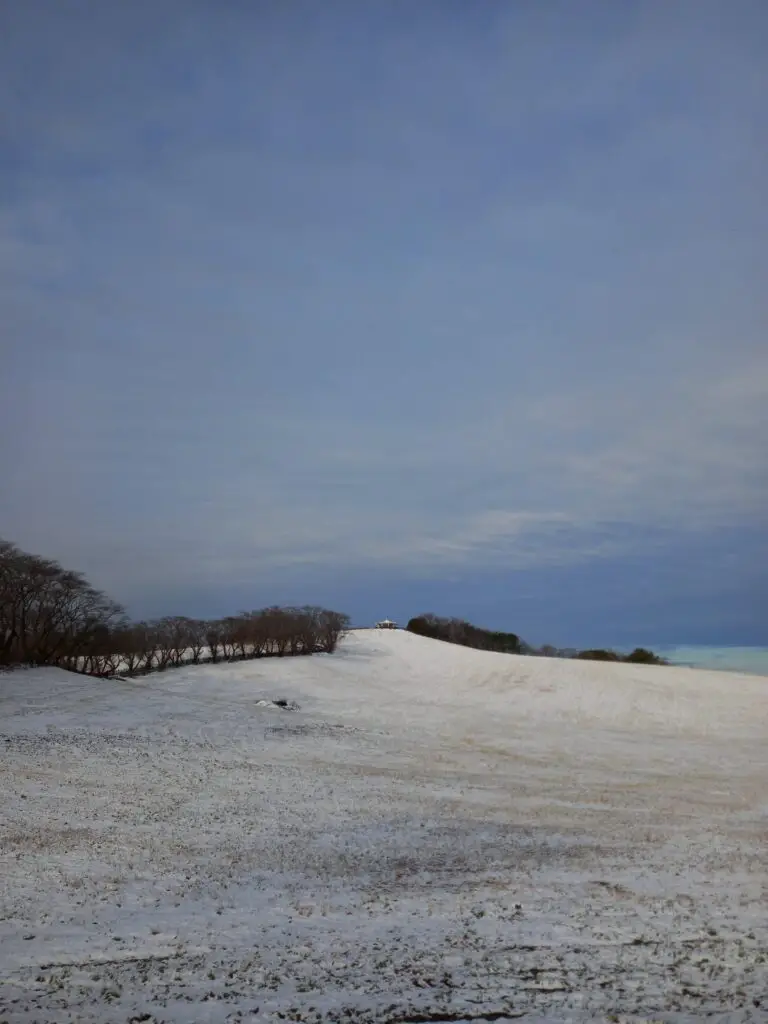
Furthermore, for those with a keen eye for silhouettes against the snow, Crassulas can paint a picture of perseverance that is both mesmerizing and instructive. Home gardeners embracing these peculiar periods of growth may find their Crassulas not only surviving but flourishing, gifting a lush spectacle against the barren winter canvas. For those seeking insight into nurturing these sturdy succulents, exploring resources such as Thriving Tips for Winter Succulents can be immensely beneficial.
As we journey through the analysis of these resilient plants, it becomes clear that Crassula deserves a spot in the winter garden. It presents an opportunity to appreciate growth where least expected, to marvel at the unexpected symphony of life in the hush of winter. So next time you gaze upon a winter garden, look out for the steadfast Crassula, and remember that their will to grow doesn’t freeze when the world does.
Caring for Crassula in Colder Months
When the temperature drops and days become shorter, your Crassula plants enter a phase that might surprise you – they start to grow! Contrary to many succulents that take a winter nap, Crassula are winter growers, utilizing the cooler months to thrive. Let’s unravel the secrets to keeping your Crassula happy when the chill sets in.
First things first, let’s talk hydration. You might think that with winter’s dormancy, watering should come to a halt, but for Crassula, the script is flipped. They still need a sip, albeit less frequently. Your cue to water is the soil – once it’s dry an inch deep, quench your plant’s thirst. Be vigilant though; these succulents detest waterlogged roots. Imagine a brisk winter morning’s dew as the perfect analogy – enough to refresh but not to drench.
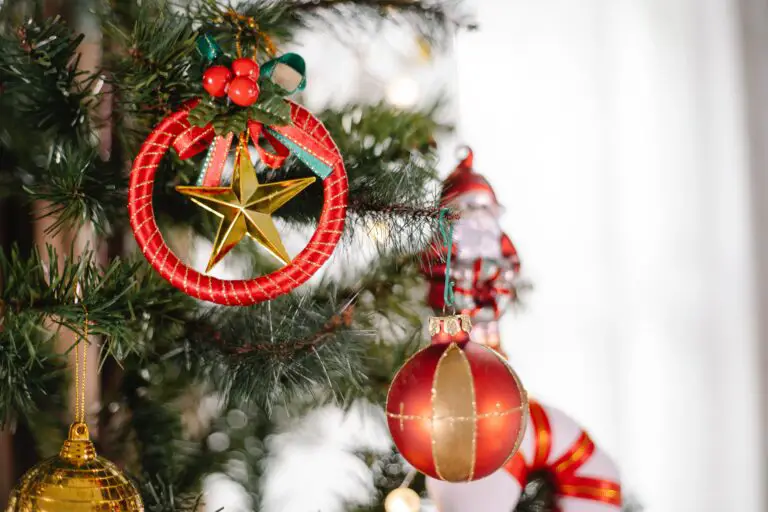
Next up, lighting. Shorter days could mean your Crassula isn’t receiving its daily dose of sunlight. If you’re in a region where the sun coyly hides during winter, consider supplemental lighting. A grow light can act as a personal sun for your Crassula, simulating those essential rays. Picture a painter, adding just the right amount of light to accentuate the green hues of his masterpiece – that’s your role with grow lights.
Now let’s think temperature. Your home might be toasty and warm, but your Crassula prefers a cooler environment. If you can, give it a spot that mimics its natural habitat. A windowsill where it can bask in the fleeting sunlight but stay cool to the touch, is Crassula’s version of a winter wonderland.
And remember, the winter season isn’t just a time for your Crassula to grow; it’s also an opportunity for you to reflect on your plant care routine. It’s like sending your green friends to a wellness retreat right in your living room. With each drop of water and ray of light, you’re not just nurturing your Crassula, you’re cultivating a tranquil moment for yourself amidst the winter bustle.
Real-Life Crassula Care in Action
Take, for example, Sarah from Maine. She noticed her Crassula was looking a bit dreary during the early winter months. With a few tweaks — a watering schedule aligned with the soil’s dryness and a grow light mimicking the low winter sun — her Crassula was soon boasting new growth and a vibrant green complexion, despite the snow outside. It’s anecdotes like these that showcase the resilience of Crassula plants when given the right winter care.
So, as you cozy up in your winter haven, remember that your Crassula is silently putting its energy into new growth, ready to dazzle you when spring arrives. With the right care, they can be the subtle yet stunning heroes of the colder seasons.
Optimal Conditions to Promote Winter Growth
Just like a seasoned gardener knows the secrets to a bountiful summer harvest, you can become an expert in ensuring your Crassula succulents stay vibrant and healthy during the cooler months. Are crassula winter growers? Absolutely! The secret lies in understanding the unique needs of these hardy plants as the temperature drops.
Imagine walking into a room with the perfect warmth, the soft glow of sunlight filtering in, and your precious Crassula basking in the cozy ambience. This is the winter idyll these succulents crave. As the days grow shorter, positioning your Crassula in a well-lit spot indoors can mimic their natural inclination to soak up the winter sun. It’s akin to giving them a sunny winter retreat! Outdoors, a sheltered spot that catches the afternoon sun will shield them from frost while providing that much-needed light.
Temperature control is like setting the stage for a grand performance of growth. Your Crassulas don’t need a tropical environment; instead, they thrive in a cool room where the temperature hovers between 50-55°F (10-13°C). It’s a chill vibe that encourages your plants to put on a show of growth, just like bears coming out of hibernation – only much more consistent and less groggy!
Watering your Crassulas in winter doesn’t mean they’re participating in a polar plunge! It’s all about moderation. Overwatering is a bigger threat to their well-being than the cold. Picture giving them a sip of water, enough to quench a mild thirst, but not so much that they’re swimming in excess moisture.
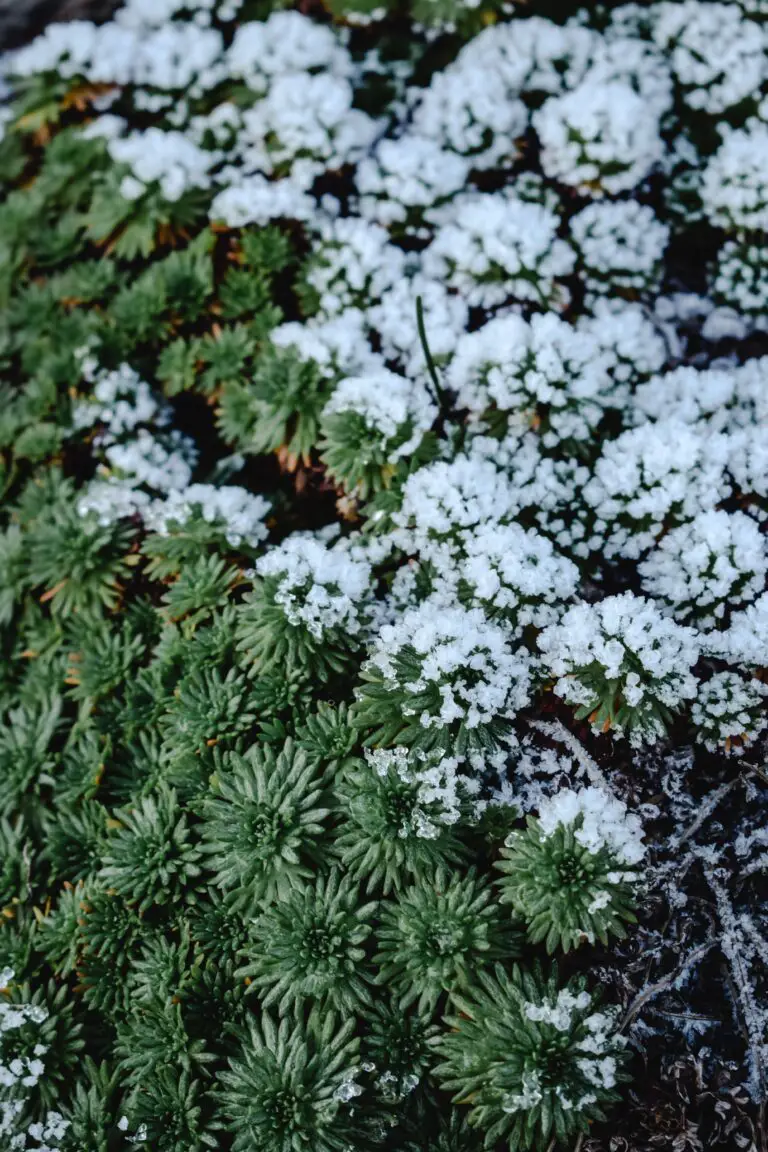
Remember the joy of wrapping your hands around a warm mug on a chilly evening? That’s the kind of nurturing your Crassulas need – not with heat, but with the right soil mix. A combination that drains well and allows their roots to breathe is like giving them a cozy blanket, protecting them from dampness and root rot.
In essence, tailoring the right conditions for your Crassula during winter is a blend of sunlight, moderation in watering, cool temperatures, and well-draining soil – think of it as creating the perfect winter spa for your plants. By putting these practices into play, you’ll be rewarded with a Crassula that not only survives the winter but thrives in it, coming to life just as the world outside is slowing down.
Common Challenges and Solutions
As the temperatures dip, Crassula, the beloved jade plant, enters its prime time. But as you nod in agreement that yes, they are winter growers, there’s a catch: wintertime isn’t all a holiday in the sun for these sturdy succulents. That’s right—it’s an epic tale of survival. So let’s dive into the nitty-gritty of what can go wrong when growing Crassula in the cooler months and arm you with solutions to combat these frosty foes.
Challenge: Too Much Love (a.k.a. Overwatering)
In the cooler season, your Crassula isn’t guzzling water like it’s in a desert marathon—it’s all about sipping now. The misstep many well-meaning plant parents make is keeping the watering schedule set to summer mode. The result? Root rot, my friends. You see, those roots become more aquaphobic in winter, recoiling from soggy soil like it’s lava. Here’s the kicker: dial back that watering, let the soil dry out more, and watch your jade plant thank you with a happy, rot-free winter.
Challenge: The Sun’s Sabbatical (a.k.a. Light Issues)
Long winter nights mean your Crassula isn’t getting that sweet, sweet sunshine it’s been soaking up all year. Picture this: your green buddy stretching out, limbs elongating not in a carefree yoga pose but in a desperate reach for light. This, fellow plant enthusiasts, is etiolation. Solution? No, not a sun dance—that’s unproven. Give it a prime window spot or, better yet, consider a grow light to give it those rays it craves.
Challenge: The Chill Factor
‘Tolerates cool temperatures’ does not mean ‘willing ice bath participant.’ Hey, I get it—sometimes we forget that these aren’t polar bears with leaves. Alas, drafts and sudden temperature drops can leave your Crassula shivering and shedding leaves. Shield them from drafts, and maintain a cozy, consistent temperature to keep them snug as a bug in a rug.
Challenge: Pest Party
Oh, and just when you think the cold has scared away all the critters, think again. Pests like to crash the Crassula party, finding warm solace in the nooks and crannies of your winterizing succulent. Mealybugs, spider mites, you name it—they’re all uninvited guests. Roll up your sleeves, keep a vigilant eye, and show them the door with a gentle insecticidal soap or neem oil treatment.
To wrap it up (but not in a conclusion, because we don’t do that here), think of growing your Crassula in winter like navigating a tricky level in a video game. It’s all about making the right moves at the right time. Check out this informative video that shares more tips and tricks on tackling common Crassula winter woes.
${}
Frequently Asked Questions
Are you wondering if your Crassula plant is going to surprise you with growth spurts as the temperature drops? Let’s unveil some common curiosities that plant enthusiasts have about these resilient succulents during the cooler months!
Do Crassula Plants Actually Grow in Winter?
Indeed, they do! While most plants are taking a long nap in winter, many Crassula species are just getting their second wind. It’s as if they’re donning their winter coats and saying, “Is that all you’ve got, Mother Nature?” They utilize the milder temperatures and shorter days to focus on growth, so don’t be startled if you see new leaves popping out when the snow is falling.
What Makes Crassula a Good Winter Grower?
These hardy succulents have adapted to thrive in harsh conditions. They store water in their leaves, which allows them to endure the winter months with less water while still actively growing. Plus, they have an impressive ability to capture whatever weak sunlight is available to keep their photosynthesis game strong.
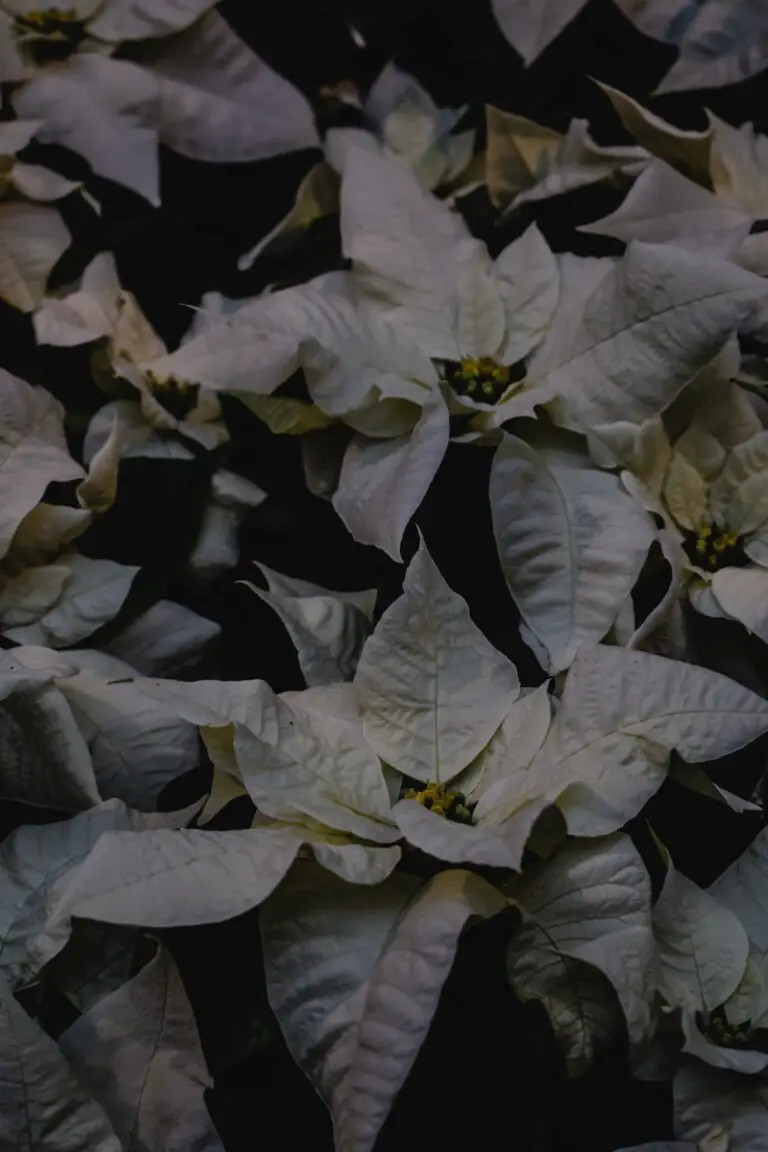
How Should I Care for My Crassula During Winter?
Firstly, resist the temptation to overwater — these aren’t thirsty winter guests. Think of Crassula like that friend who never asks for a refill. Water sparingly to prevent root rot. And though they love light, direct winter sun can be intense, so a sunny spot with some afternoon shade would be ideal. It’s all about balance!
Can Crassulas Bloom in the Cold Season?
Get ready for a pleasant surprise—some species of Crassula can indeed adorn themselves with blossoms when the chill sets in. If you’re lucky, your Crassula might just be the unexpected hero, bringing in colorful blooms to your frosty garden party.
What Should I Do if My Crassula Isn’t Growing in Winter?
Don’t panic—it doesn’t necessarily mean you’re doing something wrong. Like people, plants too have their own unique rhythms. Give it time, offer the right care, and your Crassula could spring back when you least expect it. Keep an eye out for pests and diseases, though, as they can sometimes hinder growth.
Are There Specific Crassula Species That Are Known for Winter Growth?
Yes, species like Crassula ovata, commonly known as the Jade Plant, and Crassula arborescens, or the Silver Dollar Plant, are notorious for showing vigorous growth during the winter months. So, if you’re searching for a Crassula buddy that loves the cool season, these varieties might just be your best bet.



